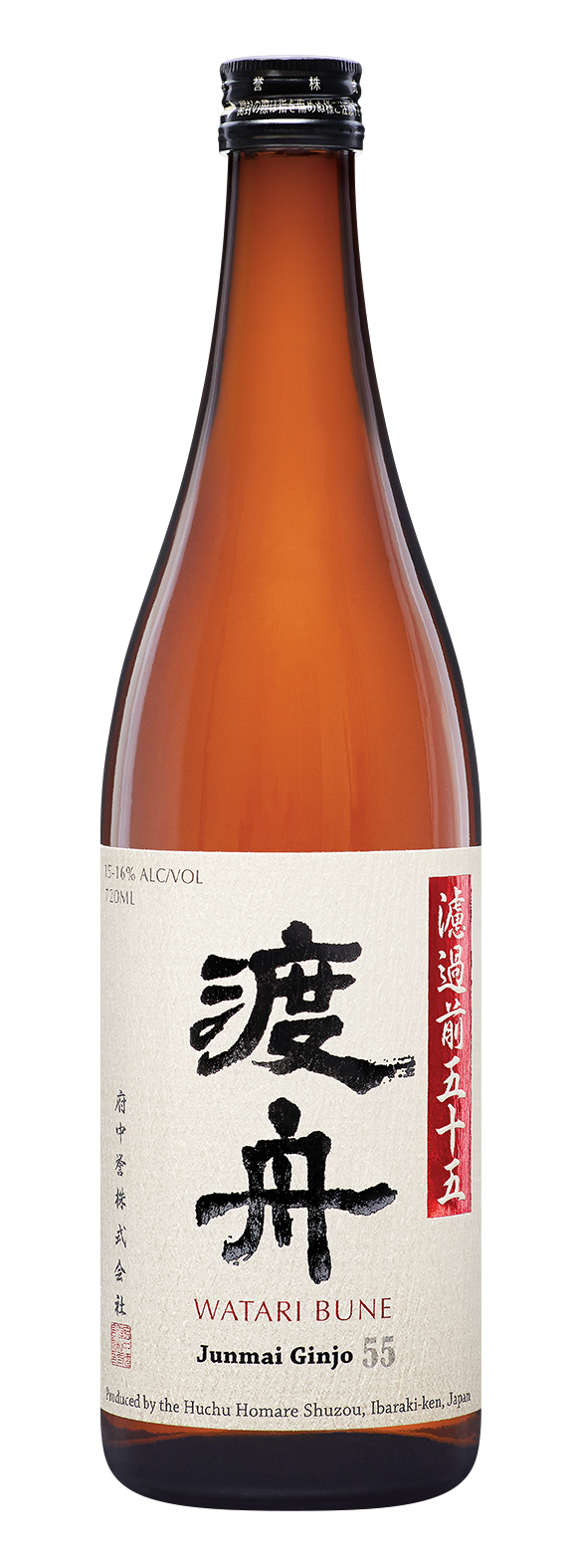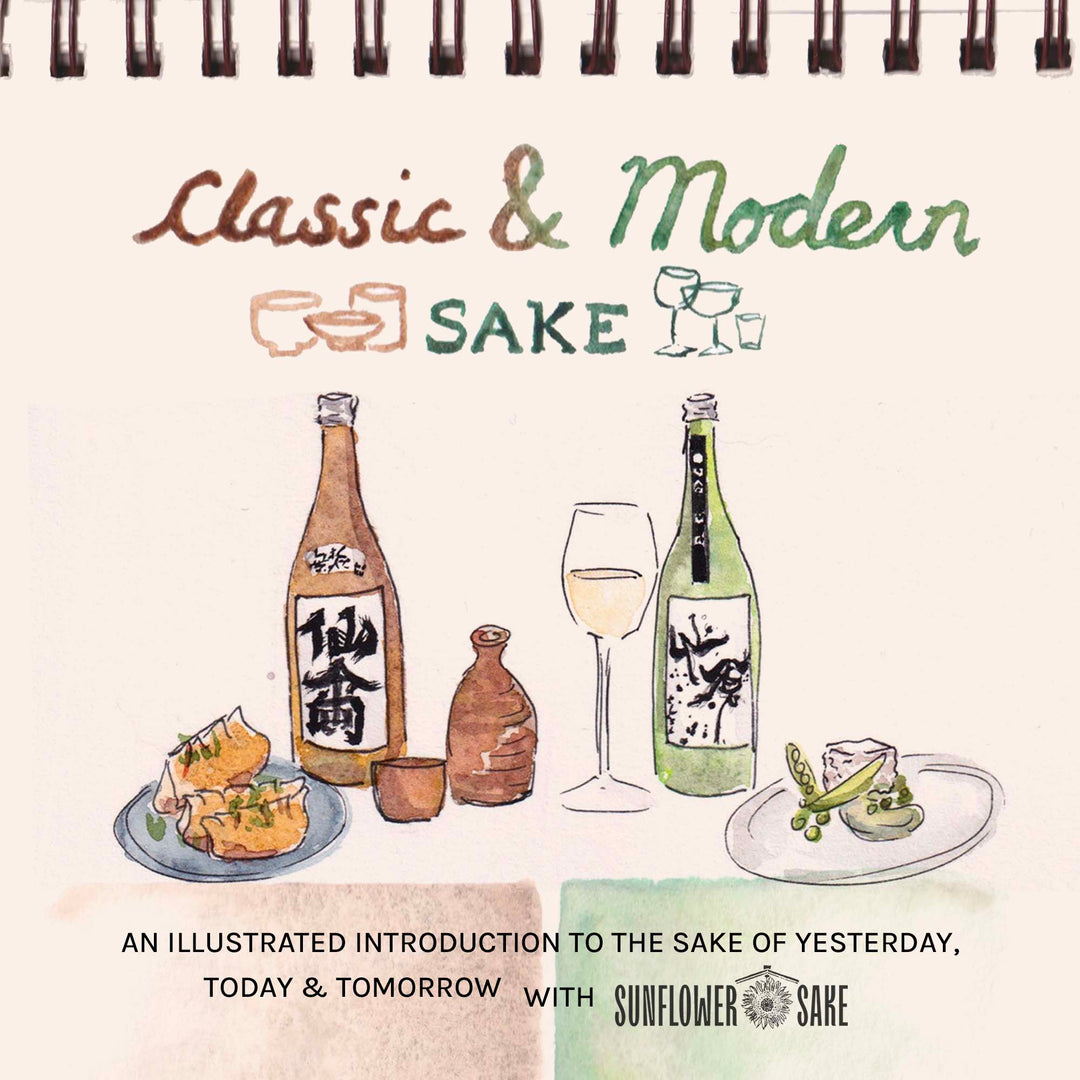
Wataribune Junmai Ginjo "55"
- Low stock - 3 items left
- Inventory on the way
Wataribune is the name of the rice used to make this sake. The brewery revived this rice strain after it had been extinct for sixty years. It took them three years before they had enough rice to brew their first batch of sake. It is now a cult favorite among sake aficionados-- in fact, Portland consumes more than any other state!
Overall lively and bright, fruity with some funky aromas and flavors. Ripe musk melon and bright white nectarine carry fruit top-notes, while deep umami resonates beneath a lively acidity. Serve chilled with monkfish liver (ankimo), duck/game with berries, netflix and chill, or any rather flavorful and rich food (okonomiyaki, tomato & mozzarella panzanella, you get the idea!)
Region: Ibaraki
Grade: Junmai Ginjo
Seimaibuai (rice polishing): 55%
Rice: Watari Bune
Yeast: Association #9
Fermentation starter: Sokujo
Pressing: Yabuta
Filtration: None
Resting:: 3 to 8 months
Pasteurization: Once in bottle
Watari Bune is a story of passion, dedication and joy, and is the name of the rice used to make this sake. It is a rice strain that was used with great enthusiasm in the 1920's and 30's because of the wonderful sake it made. However, the rice stalks grew very tall and it harvested late in the year, in October. Typhoons destroyed the crops and bugs ate away at the "hanging fruit" before harvesting. Eventually, the farmers and sake brewers got tired of using this rice and stopped. Some sixty years later, Takaaki Yamauchi, 7th generation president and brewer of Huchu Homare brewery in Ibaraki learned of this great rice which had been grown widely in Ibaraki once upon a time. He decided to pursue it, and eventually, in 1988, he tracked down seedlings that had been preserved, freeze-dried, by the Japanese government at their Agricultural Research Center. He started with 14 grams of seedlings and planted them in 1988. It wasn't until three seasons later, in 1990, that he was able to brew his first batch of sake and create the Wataribune brand, adding to his already popular Taiheikai brand. From there, Wataribune became a cult brand in Japan, with rave reviews in the sake press and brewing community.
Although open to debate, Yamauchi-san argues that Wataribune, which is an heirloom or "pure" strain of rice is the father strain to Yamada Nishiki, the most celebrated sake rice.
Regardless, Wataribune is amazing. Lively, aromatic and complex, it is a big, full-flavored sake that people greatly enjoy. Its aroma bursts open with an array of floral and fruit strains and it is weighty and wonderfully expressive on the palate. The Junmai Ginjo finishes brighter and more acidic than the Junmai Daiginjo, but the latter also has its crispness in the finish which makes it a wonderful, sipping JDG.




